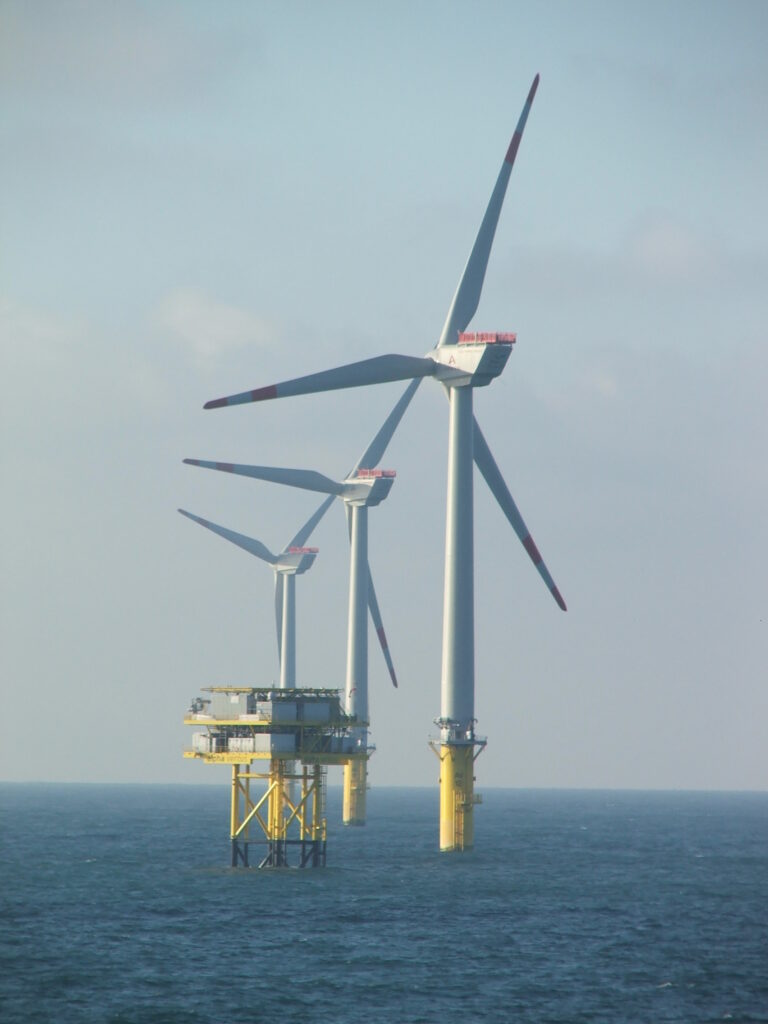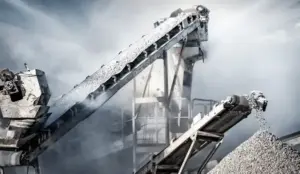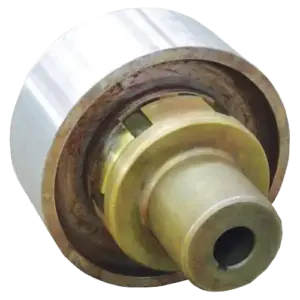A modern wind turbine is a marvel of engineering, converting the invisible power of the wind into clean electricity. But just as critical as harnessing the wind is the ability to control it. In the face of gale-force winds, for routine maintenance, or during an emergency stop, the braking systems are the turbine’s ultimate safety and control mechanism.
These are not ordinary brakes. They are highly engineered systems designed to manage colossal forces and operate flawlessly in some of the planet’s most extreme environments.
This guide will explore the two primary braking systems found in utility-scale wind turbines—the Yaw Brake and the Rotor Brake—and explain the technology that makes them work.
The Two Pillars of Turbine Control: Yaw and Rotor Brakes
A wind turbine utilizes two distinct braking systems, each with a fundamentally different but equally critical job.
1. The Yaw Brake System: Steering into the Wind
The “yaw” system is what allows the entire turbine nacelle (the housing that contains the generator and gearbox) to rotate and face the wind for optimal energy capture.
- The Job: The yaw brakes are a series of smaller brakes arranged around the top of the tower. Their primary role is static holding. Once the turbine is facing the wind, the yaw brakes engage to lock it in place, preventing it from being pushed around by fluctuating wind directions.
- The Technology: These are typically spring-applied, hydraulic-release caliper brakes. They provide precise, powerful clamping force to hold the nacelle steady against the immense leverage exerted by the wind on the rotor blades.
2. The Rotor Brake System: The Ultimate Safety Stop
The rotor brake acts directly on the main, low-speed shaft that connects the hub of the blades to the gearbox. This is the turbine’s primary emergency and parking brake.
- The Job: The rotor brake has two main functions:
- Emergency Stop: In an overspeed condition or other critical failure, the rotor brake is activated to bring the massive, spinning blades to a complete halt.
- Parking & Maintenance: During routine maintenance or predicted extreme weather, the rotor brake is engaged to lock the rotor, preventing it from turning and ensuring the safety of maintenance crews.
- The Technology: This is a large, extremely high-torque fail-safe disc brake. It must be capable of overcoming the enormous rotational inertia of the three blades, which can weigh over 20 tons each on a large turbine. A single, powerful hydraulic caliper (or sometimes two) is used to clamp a large disc on the main shaft.
The Unseen Force: Why Fail-Safe Hydraulic Disc Brakes Dominate
There’s a reason virtually all modern utility-scale wind turbines use the same core braking technology: spring-applied, hydraulic-release disc brakes.
Immense Torque in a Compact Package
Hydraulics offer unparalleled force density. They can generate the millions of Newton-meters of torque required to stop a rotor within a compact caliper design that can fit inside a crowded nacelle.
The Fail-Safe Imperative
As with any critical lifting or rotating equipment, the fail-safe principle is non-negotiable. The brakes are spring-applied, meaning their natural state is “braked.” They require continuous hydraulic pressure to remain open. If there is any loss of power or hydraulic pressure, the springs automatically and instantly engage the brake, ensuring the turbine is secured. This is the ultimate safety guarantee.
Superior Heat Dissipation
During an emergency stop, the kinetic energy of the rotor is converted into a massive amount of heat in the brake disc. The open design of a disc brake system is essential for rapidly dissipating this heat into the air, preventing brake fade and ensuring reliable performance.
The Offshore Challenge: Fighting Corrosion
For offshore wind farms, the challenge is amplified. The constant salt spray environment is brutally corrosive. Braking systems for these applications require specialized materials and processes to survive.
- Enhanced Coatings: Multi-layer, marine-grade paint systems.
- Corrosion-Resistant Materials: Use of stainless steel for piston rods, pins, and fasteners.
- Sealed Designs: Advanced sealing to protect internal components and hydraulic fluid from saltwater intrusion.
Our brakes for marine and offshore applications are engineered with these protections to ensure long-term reliability even in the harshest marine environments.





